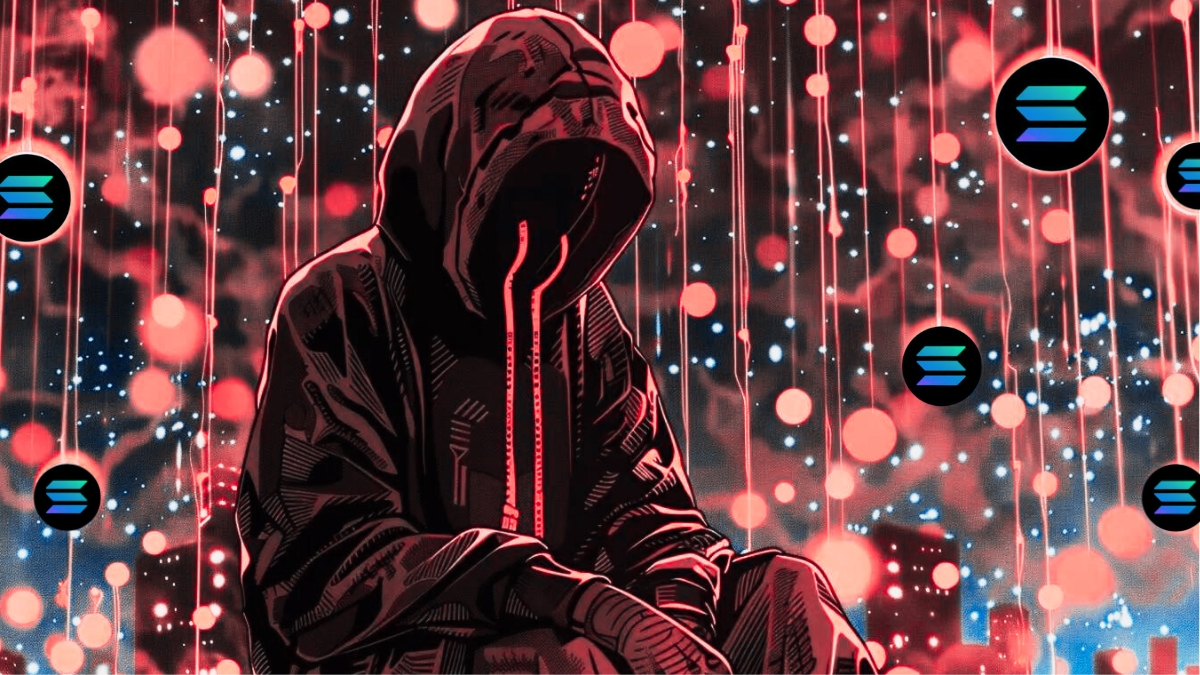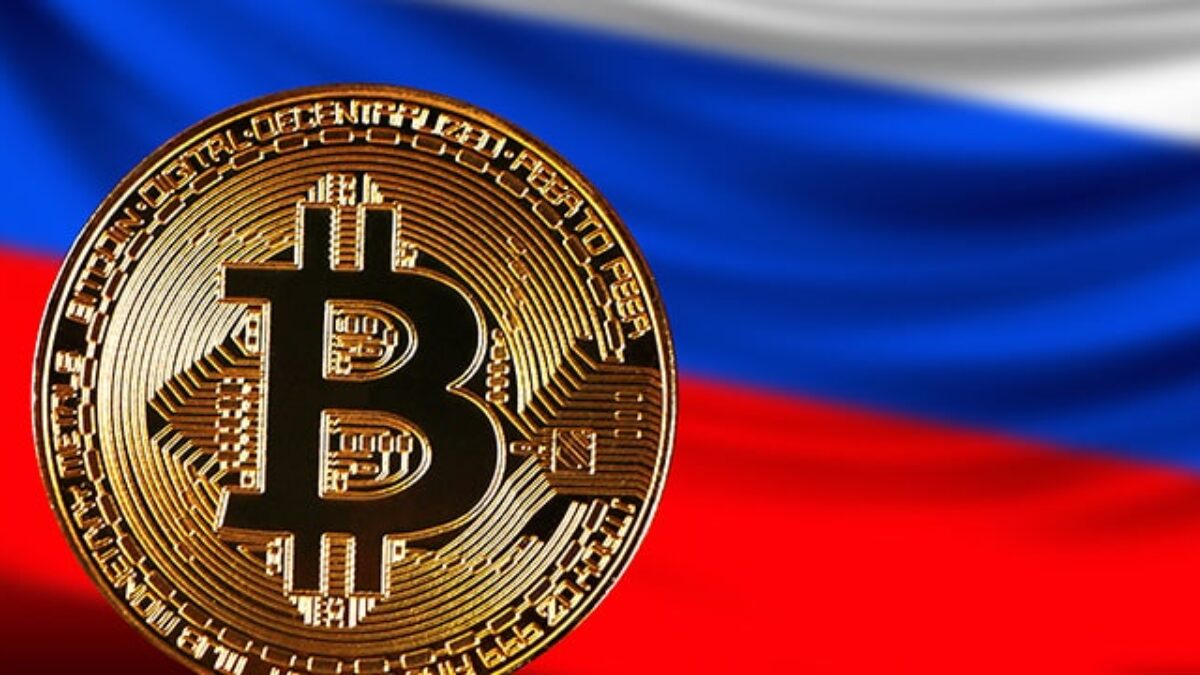A new phishing scam has appeared on the Solana blockchain, which enables attackers to burn tokens inside users’ wallets. This scam uses the Solana ecosystem to make people give permissions that give the attacker full control to burn people’s tokens.
Since Solana is a relatively new and highly decentralized blockchain, it is almost impossible to track the stolen funds. Users are tricked into believing that the platform is giving them free airdrops or rewards while in a real sense, the tokens are burnt.
This exemplifies of how the criminals’ approaches have developed with time in the context of digital assets such as cryptocurrencies. While in other types of scams, the assets are moved, in this scam, the tokens are burnt irreversibly making the loss permanent.
Some users within the Solana community have expressed their worry after the incident and there have been appeals for improvement of the security Intelligence and awareness among the users.
How the Scam Works
In more than 90% of the cases, the initial action is phishing, which may be messages or emails stating that listeners are eligible for special airdrops or bonuses. To collect these rewards users are requested to link their Solana wallets to an apparently genuine website. However, once connected, the website requests permissions that permit the attackers to perform transactions on behalf of the user such as burning tokens directly from the user’s wallet.
The process is quite concealed, meaning that users might not know they are offering such permissions. But once the permissions have been granted, then the attackers can spend the tokens at will and this is irreversible. This method of attack is particularly wicked because of the absence of moving the assets to an additional purse till when it is too late.
Protecting Your Solana Wallet
To avoid this relatively new type of fraud, the Solana community should be cautious when it comes to allowing permissions to unrelated 3rd parties sites and apps. This is especially important when verifying the authenticity of any site that wants access to one’s wallet, more so if the site is dealing in rewards or airdrops.
The audiences also should be careful of messages or emails from unknown sources since these are prone to deliver phishing messages.
The fourth and final is to check the application permissions of a wallet and remove access that is granted to any unhealthy-looking app. Utilizing hardware wallets also offers extra protection since such wallets demand physical approval for transactions as a form of prevention against malicious token burning.
The Solana community and its developers also continue to implement various means to counter such threats but the best prevention remains with the users themselves.
Conclusion
The new Solana scam that enables attackers to burn tokens from the user’s wallet poses a real threat to the ecosystem. Due to the decentralized nature of Solana and using advanced phishing attacks, scammers can get away with people’s money sayantra.
To guard against this threat, one has to be cautious about permissions given to the wallet, monitor the developments in the field of cybersecurity of digital assets, and stay up-to-date with innovations. There is a collective effort to build a defense for the Solana community, but users have to take preventive measures for the protection of their coins.











